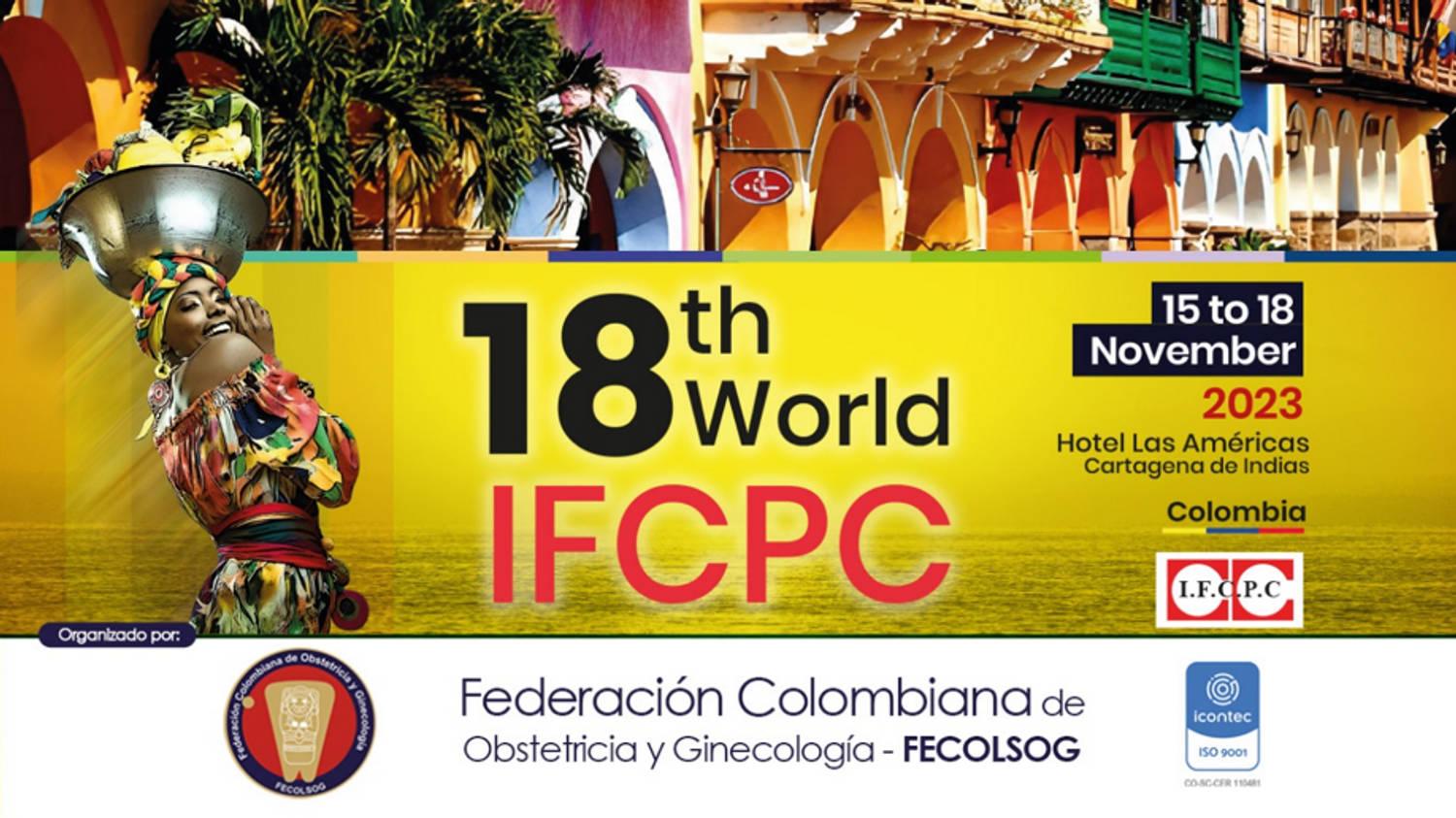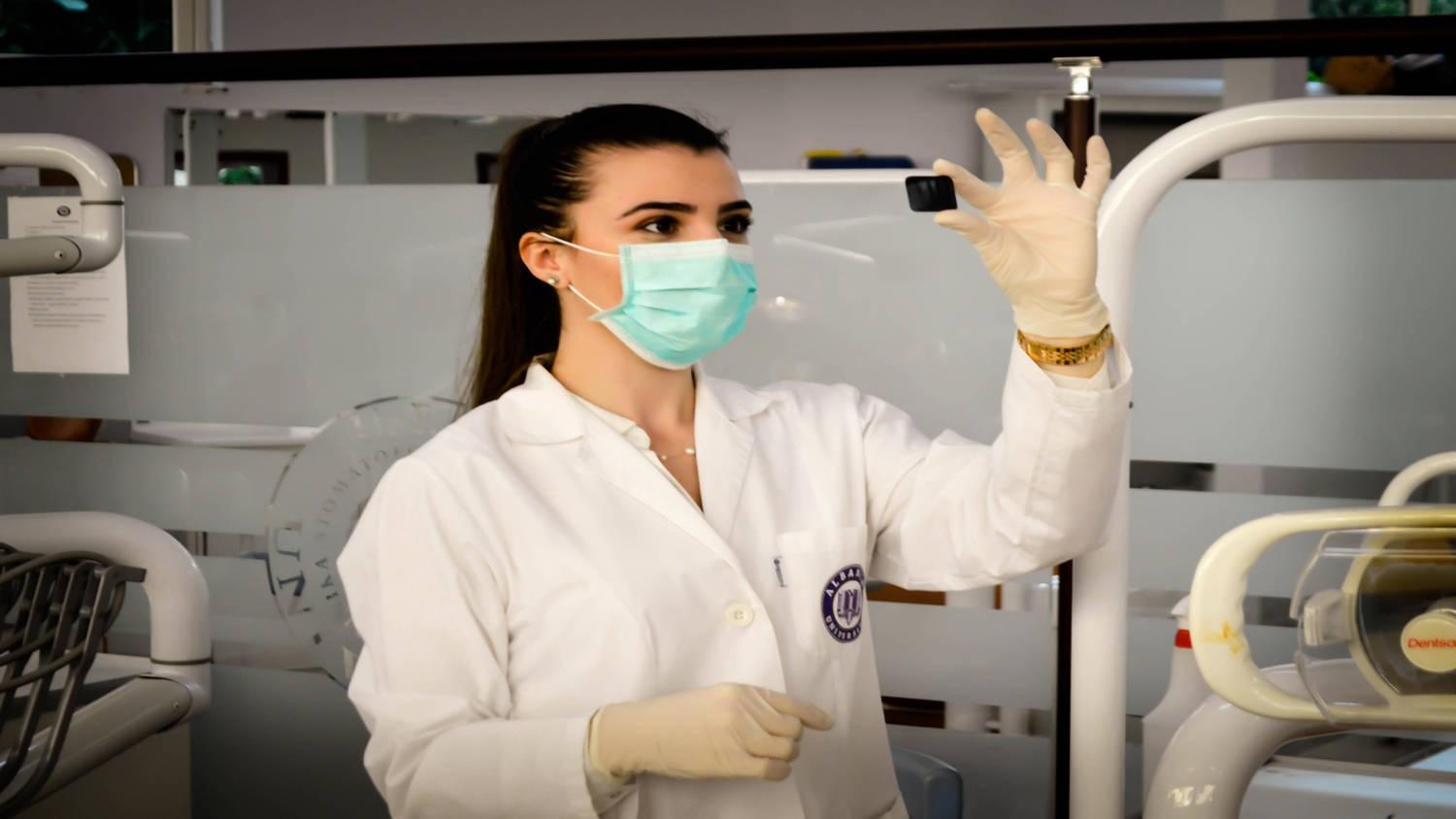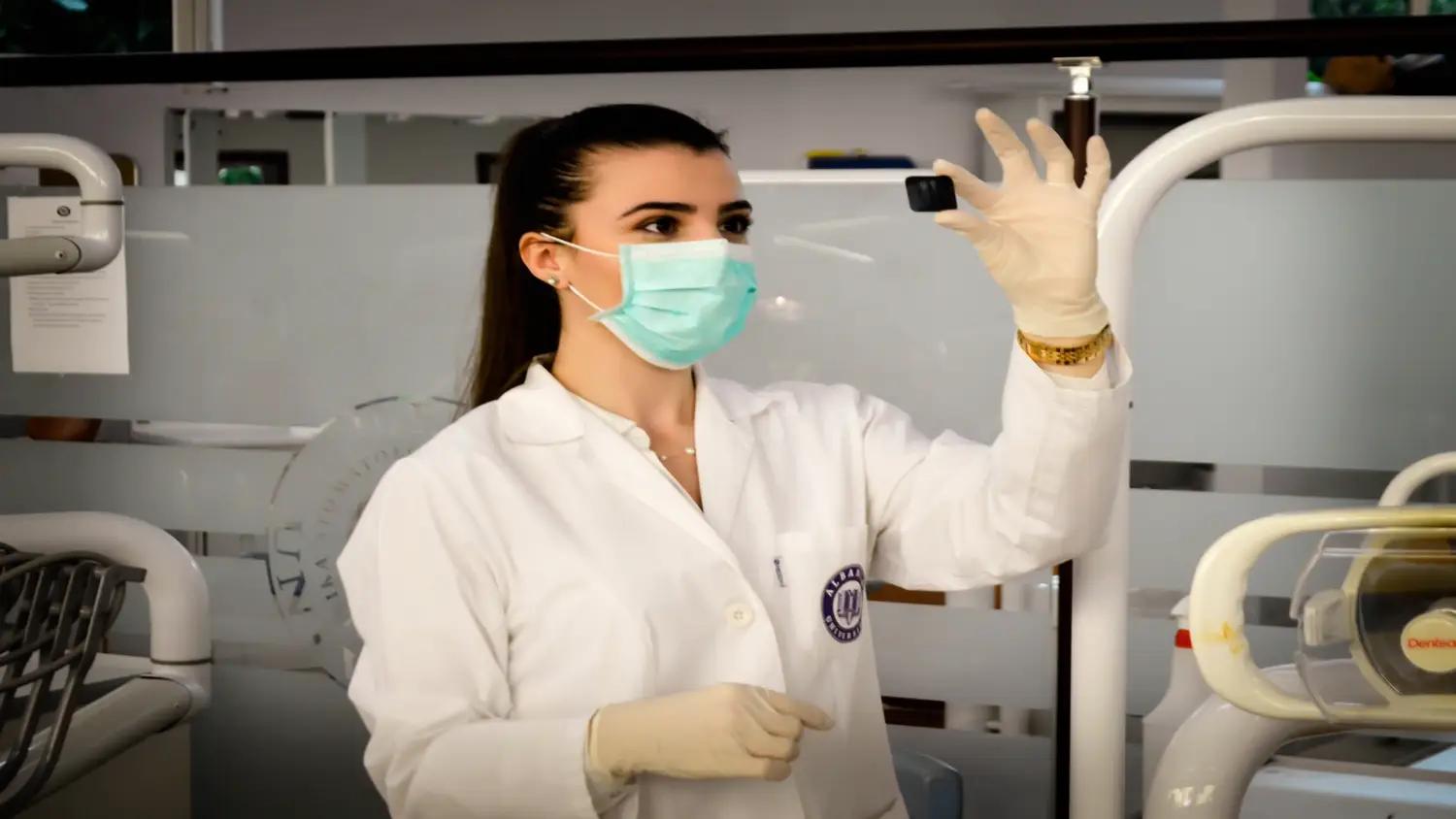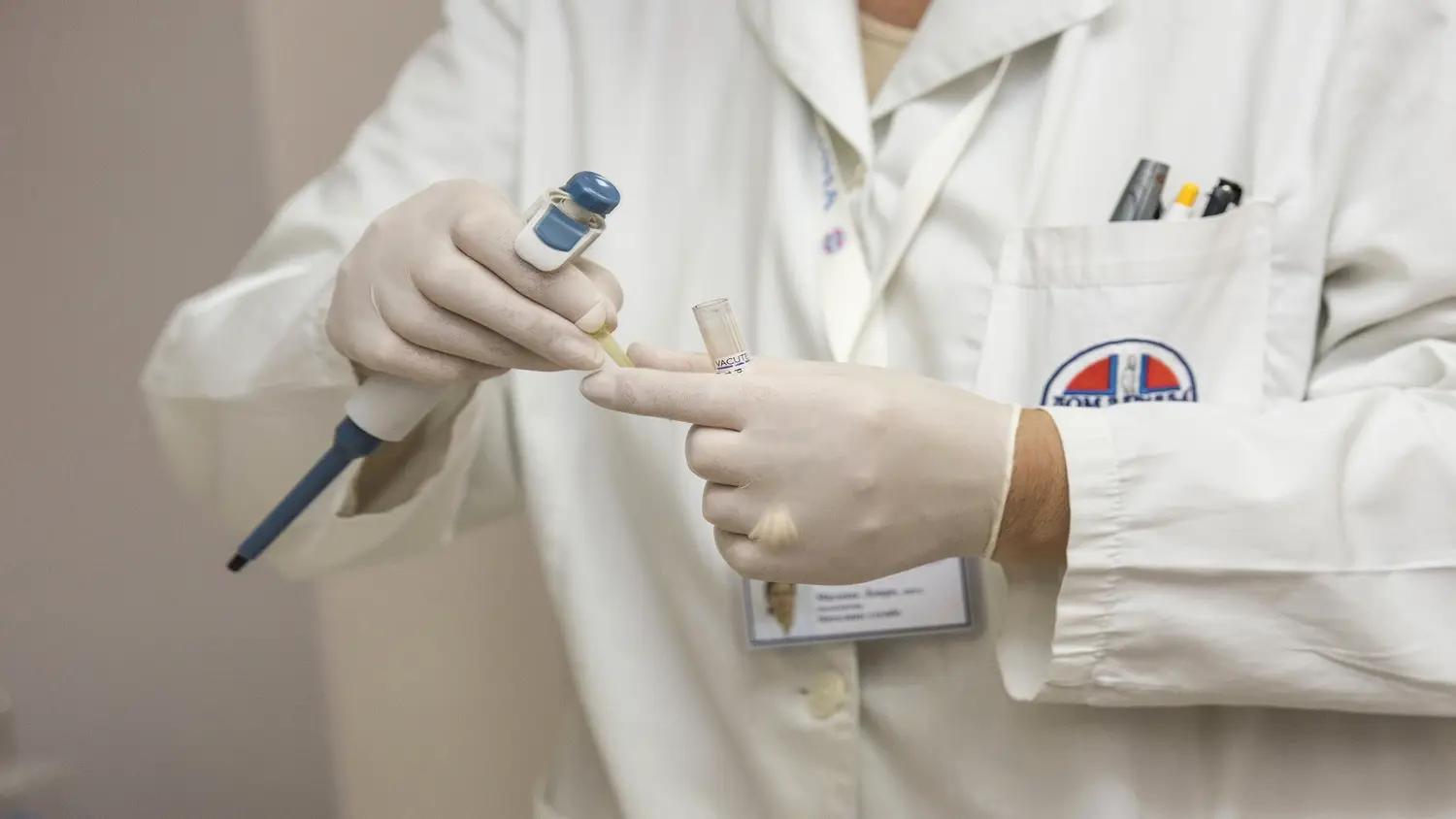
Transplantation and Research: Umbilical Cord Blood
Transplantation and Research: Umbilical Cord Blood is organized by Nurse.com - OnCourse Learning Corporation.
Course Originally Released on: 06/26/2023
Date of Most Recent Review: 6/26/2023
Course Termination/ Update Date: 12/31/2026
Description:
In 1992, the first successful stem cell transplant was performed using umbilical cord blood (UCB) instead of bone marrow in a patient with leukemia. Since then, over 100,000 stem cell transplants have been performed using stem cells from cord blood (Health Resources & Services Administration [HRSA], 2022a). Thousands of Americans, many of them children, die each year waiting for a stem cell transplant. Transplantation using stem cells from UCB can reduce the number of those who are waiting. With proper counseling, parents can make informed decisions regarding cord blood donation.
Goal and Learning Outcomes:
The goal of this educational program is to provide nurses in acute healthcare settings with clinical knowledge about the collection, uses, and advantages of UCB stem cells.
After taking this course, you should be able to:
• Describe three different types and uses of stem cell transplantation and review the collection and storage process.
• Recall two advantages of umbilical cord blood versus bone marrow stem cells and the pros and cons of private vs. public storage of cord blood.









